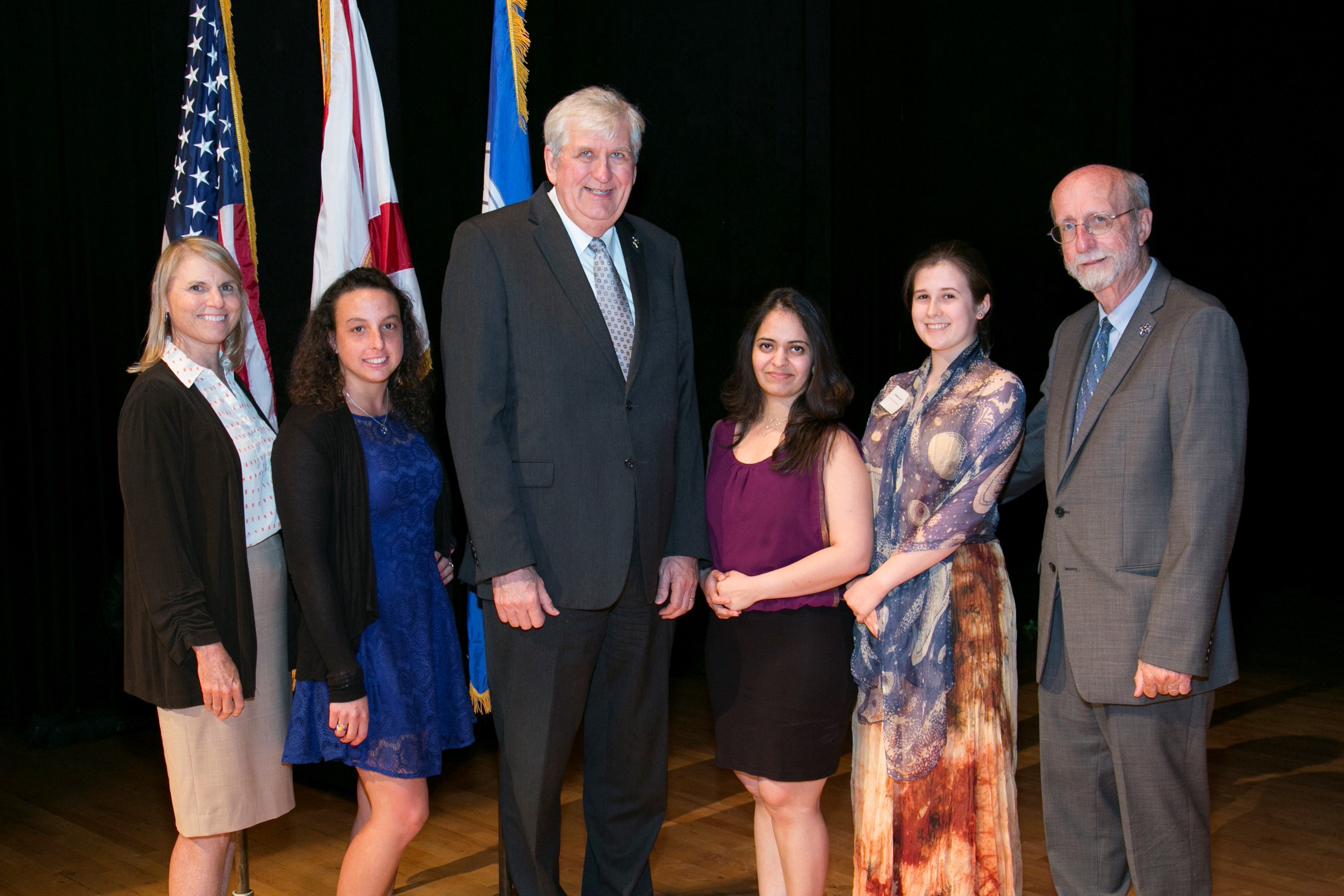DNA Repair in Elasmobranch Fishes to Assess Cancer Risk
Grant Winners
- David Kerstetter, Ph.D. – Halmos College of Oceanography and Natural Sciences
- Jean Latimer, Ph.D. – College of Pharmacy
- Lucia Llorente Ruiz, B.A. – Halmos College of Oceanography and Natural Sciences
- Meghna Mendu – Halmos College of Oceanography and Natural Sciences
- Jessica Schieber – Halmos College of Oceanography and Natural Sciences
Deans
- Richard Dodge, Ph.D. – Halmos College of Oceanography and Natural Sciences
- Lisa Deziel, Pharm.D., Ph.D., BCPS, FASHP – College of Pharmacy
Abstract

The loss of DNA repair in mammalian species has been shown to increase genomic instability and lead to the development of cancer. DNA repair has also been positively correlated with lifespan in mammalian species. In the present proposal, we will explore DNA repair gene expression and function in sharks and related elasmobranch species of fish. It has been proposed in the popular literature that sharks do not get cancer; however, sharks can get cancer, although the prevalence of this cancer is believed to be very low. We propose to assess six common species of elasmobranchs in the South Florida area for their gene expression patterns of the 20 canonical genes for Nucleotide Excision Repair (NER), one of the most robust and important pathways of of DNA repair. This pathway is very active in addressing UV damage and this study will assess the skin and the muscle directly underlying the skin of these cartiagenous fish. The laboratory of co-PI Latimer has shown that the pattern of gene expression evaluated using the 20 most important genes of NER is well correlated with the functional repair of DNA using the Unscheduled DNA Synthesis (UDS) assay. Drs. Kerstetter and Latimer aim to evaluate the NER gene expression and functional DNA repair of these six elasmobranchs in South Florida and compare the findings with several mammalian species, including our own. The importance of this work is that it may uncover mechanisms of DNA repair that are superior to those in our own species. These mechanisms may include regulatory molecules that can be mimicked synthetically to enhance our own DNA repair in order to avoid cancer, or live longer, in a cancer-free way. In addition, the understanding of elasmobranch biochemistry will allow us to help conserve this very important taxon in our oceans.